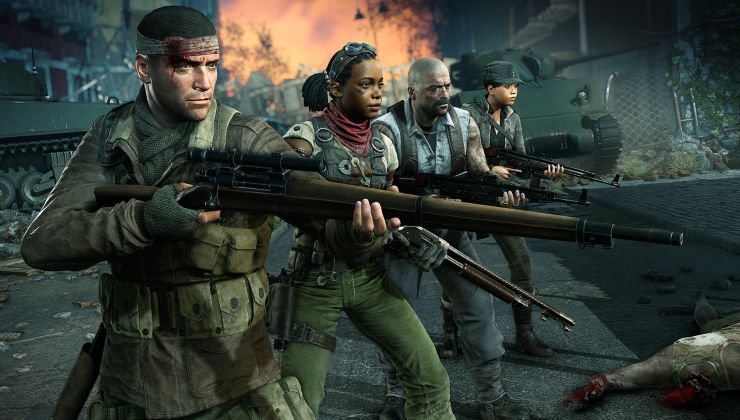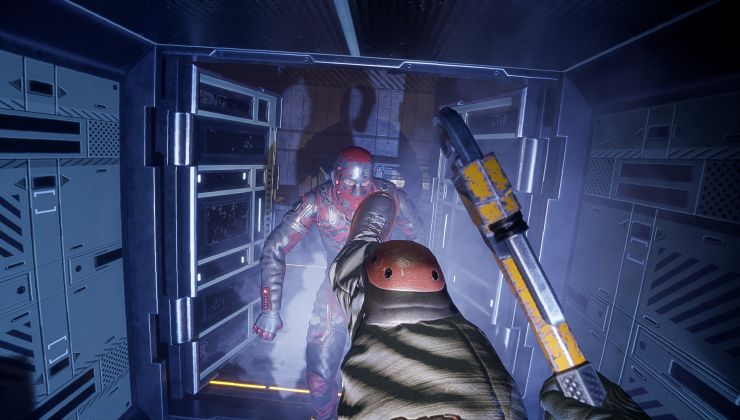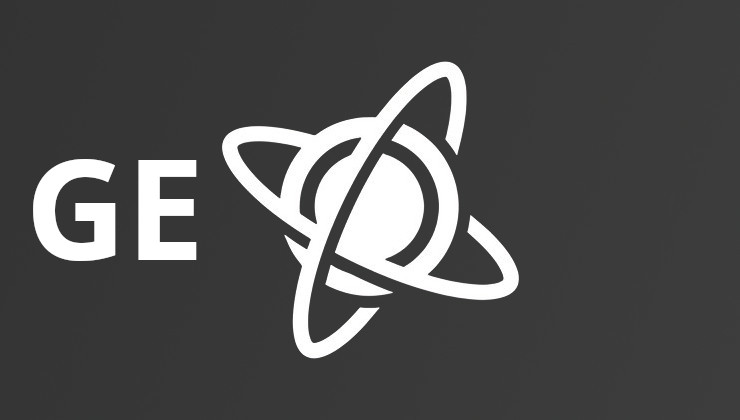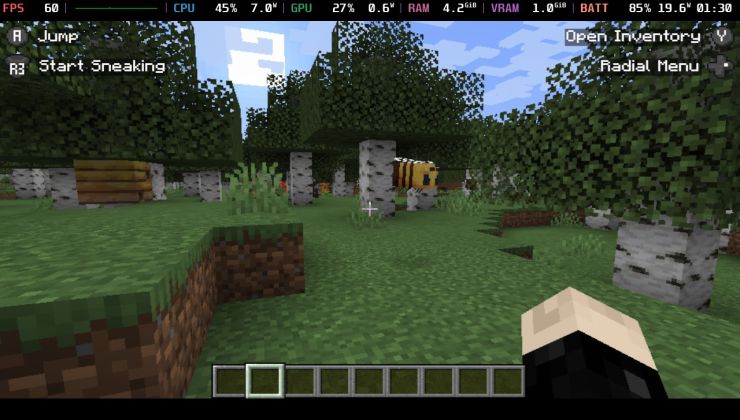Developer Bastien Nocera has written a blog post talking about improvements coming to GNOME 3.36 and Fedora Linux, to help those of you switching between GPUs.
While the GNOME desktop has had the ability to launch items with a dedicated GPU for some time, it was quite limited. Thankfully, SwitcherooControl and the API used has been extended to improve it and add support for the NVIDIA proprietary driver.
This is all fantastic, since NVIDIA added PRIME support back in the 435.17 driver release this Summer. So this means relatively soon, once more distributions update GNOME and any other parts needed, GPU switching with GNOME is going to become even easier out of the box.
In the blog post, they said this about KDE support:
(As a side note, commenters asked me about the KDE support, and how it would integrate, and it turns out that KDE's code just checks for the presence of a file in /sys, which is only present when vga_switcheroo is used. So I would encourage KDE to adopt the switcheroo-control D-Bus API for this)
Bastien Nocera
Hat tip to @flukejones.
Last edited by Shmerl on 13 Dec 2019 at 7:34 pm UTC
Did they actually add proper PRIME support both ways? I.e. rendering on the Nvidia GPU, while output goes through the integrated one? I remember reading they didn't implement it fully, and only one way was working (i.e. rendering on the integrated one, while output goes through Nvidia).More details here.
From there it sounds like it can render on Nvidia, and display through the integrated. But I suppose then not the other way around?
I think this is accurate. However a lot of laptops have their outputs hardwired to the integrated graphics so this might not come up for most people. And in the event you are using the dedicated card, it must be powered on so there would be little to no power savings by offloading work back to the iGPU. I may be missing something but I can't think of any situations one would want to do this, and if there is it would be a pretty niche use case....
From there it sounds like it can render on Nvidia, and display through the integrated. But I suppose then not the other way around?
I think this is accurate. However a lot of laptops have their outputs hardwired to the integrated graphics so this might not come up for most people. And in the event you are using the dedicated card, it must be powered on so there would be little to no power savings by offloading work back to the iGPU. I may be missing something but I can't think of any situations one would want to do this, and if there is it would be a pretty niche use case....
You are correct about the laptop screen. However, most Optimus laptops have the HDMI output wired to the Nvidia GPU. If you start the system with the Nvidia GPU in Prime offload mode, you can't use the HDMI port. I think connecting your laptop via HDMI is far from a niche case... And having to reboot to use it is annoying.
Last edited by Pikolo on 14 Dec 2019 at 9:57 am UTC
As I have recently spent way too much time on this crap (getting a laptop with Optimus™ to work properly) I wonder, what's the difference between this and optimus-manager? Does it achieve the same performance or is it as poor as primerun or bumblebee?
I compared running with direct Nvidia and Nvidia prime off-load a week ago. It's pretty much exactly the same.
The Gnome work the article mentions is intending to make use of the Nvidia prime offload the drivers provide (and perhaps a bit more so that the driver can be unloaded to switch off cards without DRI3 PM).
You are correct about the laptop screen. However, most Optimus laptops have the HDMI output wired to the Nvidia GPU. If you start the system with the Nvidia GPU in Prime offload mode, you can't use the HDMI port. I think connecting your laptop via HDMI is far from a niche case... And having to reboot to use it is annoying.
So as usual, they supported a limited use case, and let the rest deal with broken setup.









 How to install GE-Proton on Steam Deck, SteamOS, Linux
How to install GE-Proton on Steam Deck, SteamOS, Linux An idiots guide to setting up Minecraft on Steam Deck / SteamOS with controller support
An idiots guide to setting up Minecraft on Steam Deck / SteamOS with controller support
See more from me